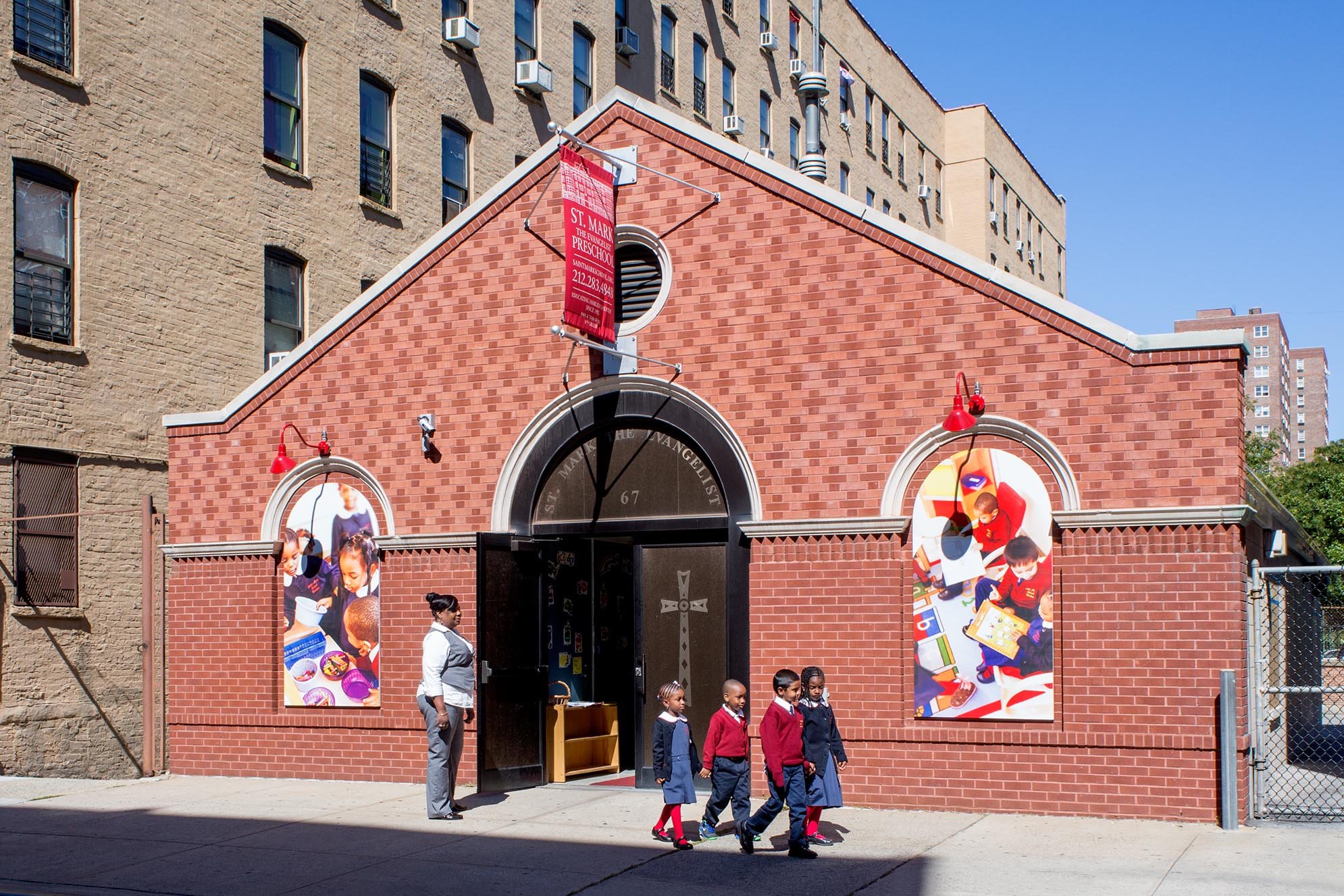Adaptive Re-Use
The re-purposing of buildings is an important part of preserving the fabric of a city or town. Furthermore, it’s a key part of sustainable architecture that reduces the environmental impact of new construction and can be a key component of a Social Justice agenda.
Background
Our work at KWA frequently involves re-purposing old structures whether a factory, convent, rectory, carriage stable or church community building. Reusing a convent or rectory that a church/school already owns can allow a school to offer curriculum that would otherwise be impossible. In some cases, re-using spaces can mean a community without a early childhood center can now have one on their block.
Design Challenge
Because the original structures and systems aren’t designed to meet the needs of the new proposed use, like a school — our Integrated Design Process (IDP) is an important part of the cost efficiency and success of these projects. Making this determination requires a deep knowledge, not only of the construction of the existing structures, but also of the client’s needs and their goals in terms of image, function, and aesthetics.
Design Strategy
When a project involves old buildings, we start with careful analysis and research, bringing out various trades from a construction team to determine viability of the new use and affordability. Because of our use of IDP, we always consider the constructibility and life cycle costs of a project from the start not just the design.
We have found that investing time up front in what the existing conditions can support, can lead to unexpected design opportunities — such as opening up enormous factory skylights that are possible because of the original purpose of the structure.
Impact
Repurposing existing structures is important both to the fabric of a community, the overall health of the environment, and meeting a community's needs. As neighborhoods change over time they need new services. Inhabiting old buildings with new uses that meet the new population's needs can be accomplished at the same time as reducing the environmental costs that come along with new construction.











